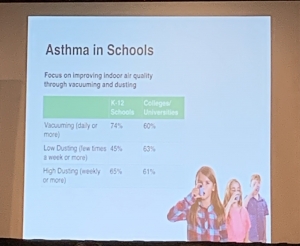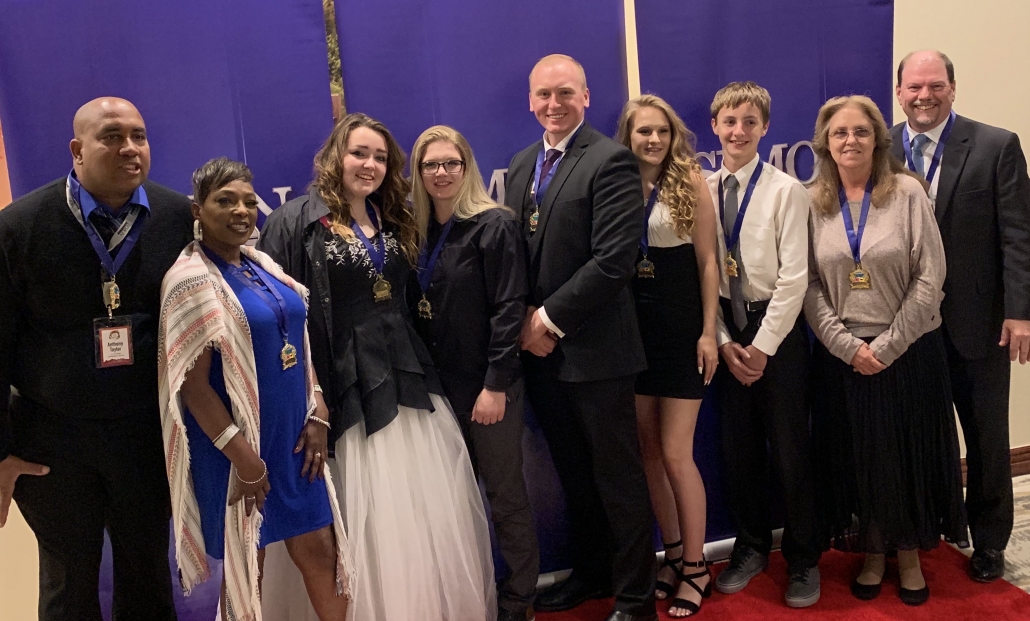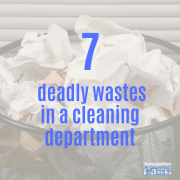Is it really “Hygiene Theater”?
A few months ago, someone shared an article in The Atlantic magazine that discussed the extensive amount of cleaning and disinfection happening around the world, calling it “hygiene theater.” The author’s basic gripe is that too much of the focus of our COVID-19 prevention is on disinfection when it should be on aerosols or droplets that linger in the air.
“COVID-19 has reawakened America’s spirit of misdirected anxiety, inspiring businesses and families to obsess over risk-reduction rituals that make us feel safer but don’t actually do much to reduce risk—even as more dangerous activities are still allowed. This is hygiene theater.”
Derek Thompson, The Atlantic
Over the past eight months, cleaning organizations have been unexpectedly thrust into the spotlight. Some, like (OS1) organizations, were prepared for attention and realities brought to us by the pandemic. Others were completely caught off guard. And others looked to capitalize on the opportunity. Some of it, as we discussed, was “hygiene theater.” Much of it was not.

This was followed up with an article in Wired magazine, titled “It’s Time to Talk About Covid-19 and Surfaces Again.” Similar to The Atlantic article, this author expresses concern over the fixation over surface disinfection and fomites, saying that such efforts may give people a false sense of comfort when they really should be focusing on issues such as ventilation.
Current science tells us that there’s still SOME risk to the transmission of COVID-19 through hard surfaces. But disinfection is the only element of a comprehensive cleaning program and should be only one layer to your COVID-19 prevention strategy.
Dusting, vacuuming, trash removal—these are all critical functions that cleaning departments perform that can further aid in controlling the spread of coronavirus. We don’t yet know how coronavirus might attach to a dust particulate that someone can then inhale and become infected. We don’t have science that speaks to dusting or vacuuming frequencies.
As Dr. Michael Berry once said, cleaning is the removal of unwanted matter. We need to continue cleaning in a comprehensive, systematic way to ensure the removal of all unwanted matter—including viruses such as the coronavirus and flu.
That’s not theater, that’s cleaning.


 Simon Institute
Simon Institute


